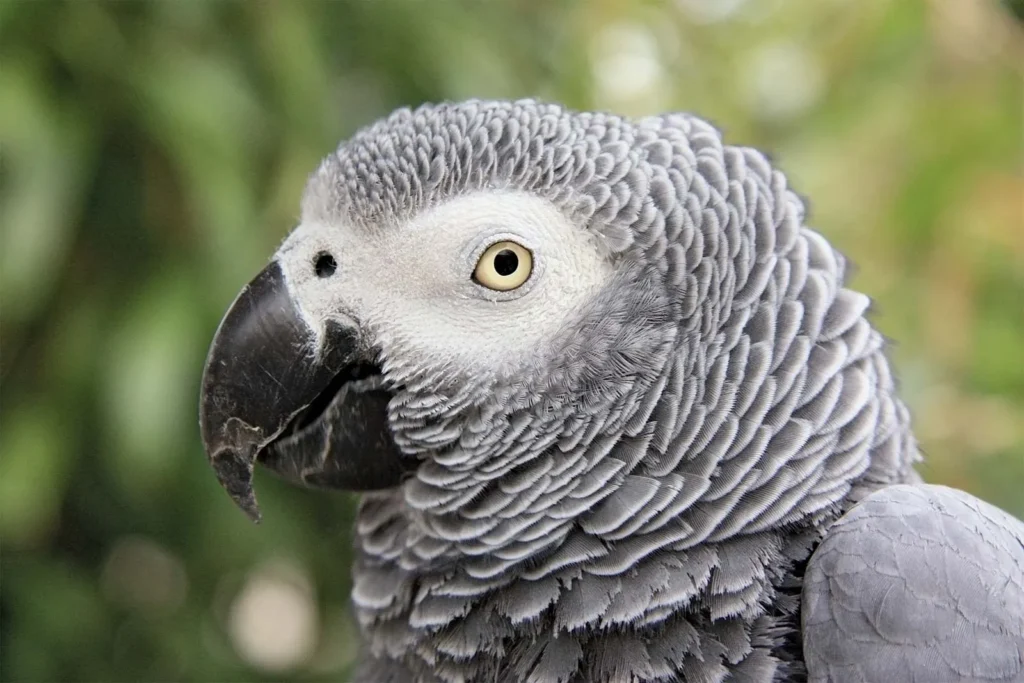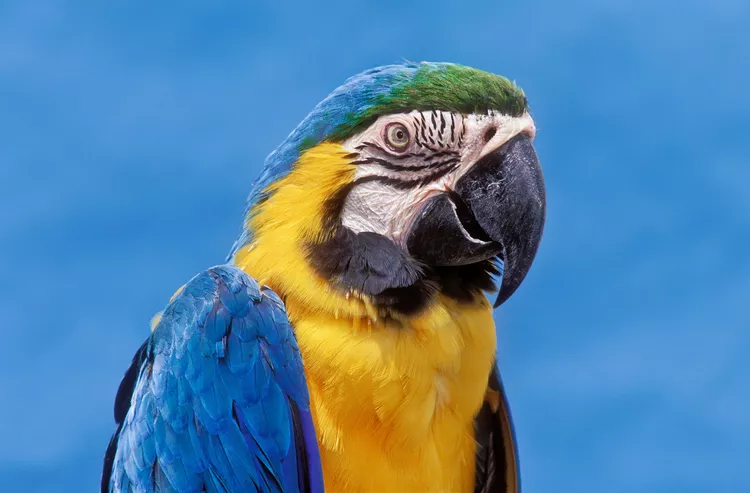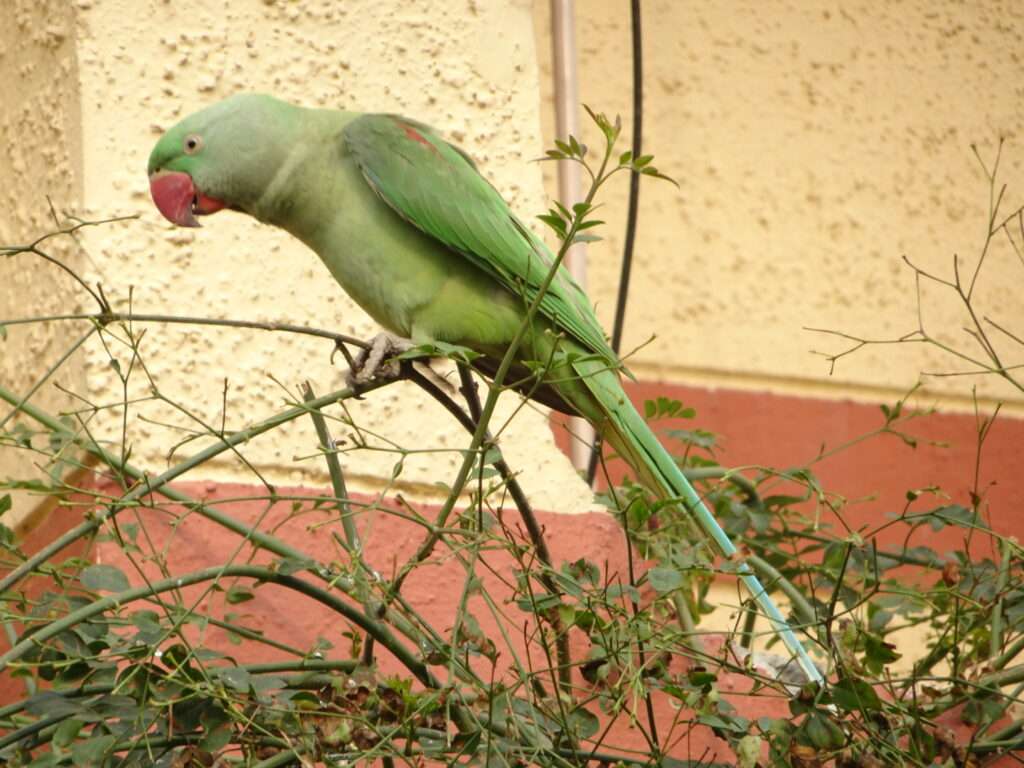
Description
Lifespan: 15-50 years
Peacocks, commonly referred to as “peacock,” are big, vibrant birds that are native to Asia and India. The blue and green peacock are the two species. The Congo peacock is a third species found in Africa that belongs to a separate genus.
A peacock is a bright blue bird with gleaming feathers that fan out, especially when he is flirting with the peahens. A male peacock is a peacock. A male peacock is more colorful than a female; he is the one with the long, dazzling tail feathers that are decorated with motifs like eyes.
Habitat
The ranges of the two species vary. India is home to blue peafowl, often known as Indian fowl. Their distribution encompasses a considerable portion of the Indian subcontinent. Southeast Asia is home to green peacock, particularly in portions of Cambodia, Thailand, Myanmar, and Vietnam. They have patchy, dispersed populations.
Peacock inhabit forested environments, together with farms and agricultural fields, in the wild. They live in tropical and arid environments, deciduous forests, lowland forests, and deciduous forests.
Behavior
These birds are quite social, and live in groups both in the wild and in feral populations. They fly up into the trees at night to sleep there. The move back and forth between sleeping in the trees and foraging on the ground during the day.
The groups alter according to the season. All-male or all-female groups frequently gather outside of the breeding season. Several females are gathered by the males into their harem during the breeding season, when they are guarded by other males.

Care as Pet
In order to properly care for peacocks, one must give them a safe and spacious outdoor area where they may roam, a balanced diet consisting of vegetables, fruits, grains, and insects, frequent health inspections, grooming, interaction with other peacock, and safety from predators.
It’s crucial to keep an eye on their well-being and behavior and, if necessary, seek veterinary assistance. Peacocks are stunning and well-loved ornamental birds that can have long, healthy lives with the right care.
Shelter and Housing
Shelter and housing are crucial components in peacock care. Peacocks need a protected space to keep them safe from the elements and potential predators, as well as a safe and roomy outdoor area to wander.
Peacocks should have access to an outdoor area that is sizable enough to allow them to walk about freely and indulge in activities like foraging and dust bathing.
To stop peacocks from wandering and to keep them safe from foxes and dogs, the area needs to be securely fenced. To keep predators from digging underneath, the fencing should be at least 6 feet high and buried several inches deep in the earth.
Shelters for peacocks should offer defence against the elements and predators. The peacocks should be able to walk around freely in the shelter and have access to roosting places for sleeping at night. The peacocks should be protected from the elements in the shelter by a roof and elevated off the ground by a sturdy floor.
Feeding and Nutrition
A balanced diet is necessary for peacocks to preserve their good health and beautiful plumes. Peacocks are omnivores in the wild and consume a wide range of cereals, vegetables, fruits, and insects. Their food should be high-quality chicken feed supplemented with fruits and vegetables while they are kept in captivity. A nutritious meal will give peacocks the vitamins and minerals they need to stay healthy and preserve the brilliance of their feathers.
Clean water should always be available to peacocks. The peacocks should be able to drink and bathe in the water container. The feathers are kept clean and healthy by bathing. It’s crucial to refrain from overfeeding peacocks. Obesity can result from overeating and pose health risks. Peacocks need to be fed twice daily, with a total of no more than 5% of their body weight in food.
Peacocks need vitamins in addition to their regular food to keep their feathers looking beautiful. Supplements for peacock diet include methionine, biotin, and lysine assist enhance the quality of the feathers and encourage growth. The right quantities of these supplements should be included in the peacock’s diet.
Table





